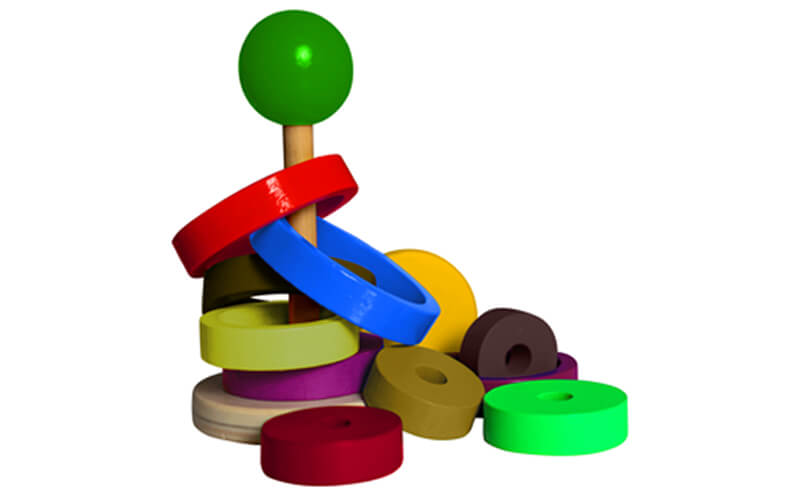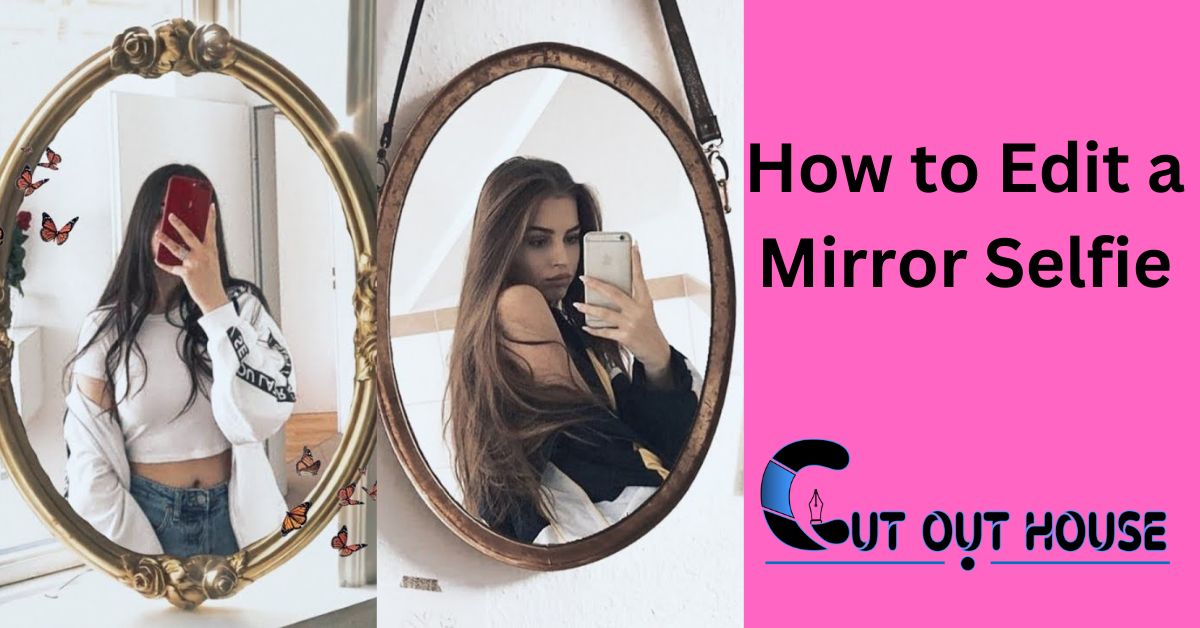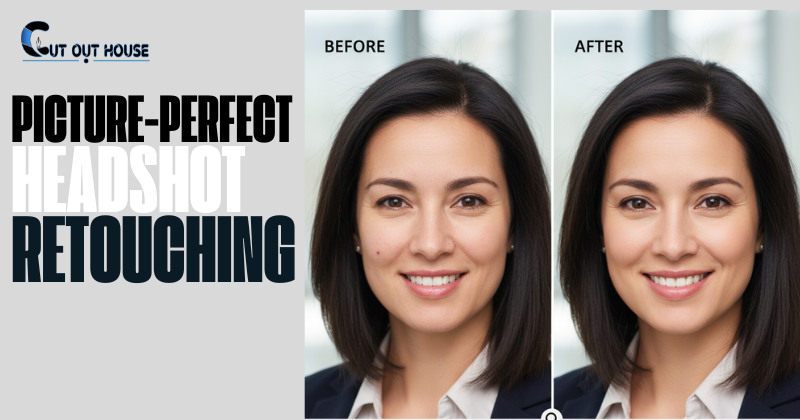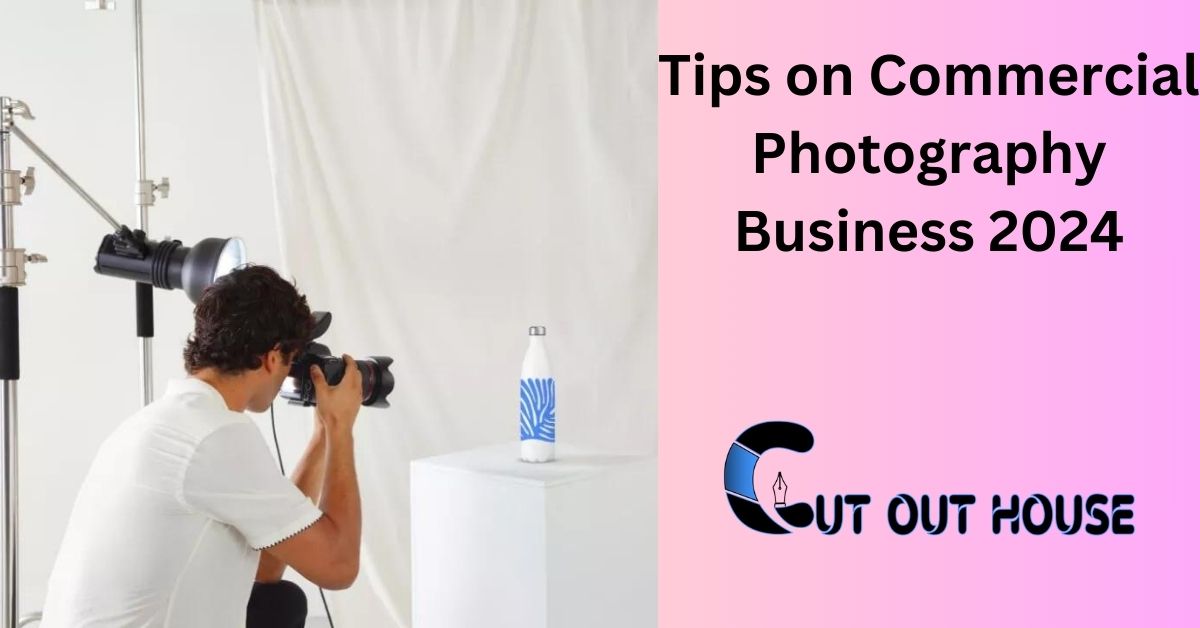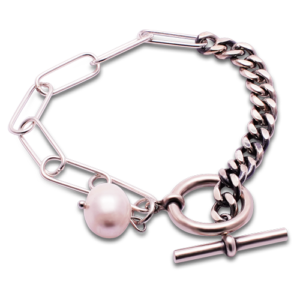Editing a mirror selfie to make it look perfect involves enhancing the image while preserving a natural and realistic appearance. Here are some steps and tips to help you achieve the desired result:
- Select the Right Editing Software:
Choose a photo editing software or app that suits your needs. Popular options include Adobe Lightroom, Adobe Photoshop, Snapseed, VSCO, or mobile apps like Instagram. - Crop and Straighten:
Start by cropping the image to remove any distracting elements. Ensure the image is straight and well-aligned. - Adjust Lighting and Exposure:
- Increase brightness and exposure slightly to make the image look vibrant.
- Adjust highlights and shadows to balance the lighting.
- Tweak contrast to make the details pop without making the image look overly edited.
- Color Correction:
- Adjust the white balance to ensure the colors are accurate.
- Tweak saturation and vibrance for more vivid colors.
- Skin Retouching:
- Use the healing or clone tool to remove blemishes, spots, or imperfections.
- Be mindful not to over-smooth the skin, as it can look unnatural. A subtle touch is key to maintaining a realistic look.
- Whitening Teeth and Eyes:
Carefully brighten the whites of your eyes and teeth to make them appear whiter. Avoid making them unnaturally bright, as it can look fake. - Hair and Makeup:
Enhance the look of your hair and makeup if desired, but again, avoid overdoing it. Softening flyaways and enhancing colors can be beneficial. - Background Enhancements:
Make any necessary adjustments to the background, such as removing clutter or enhancing colors, but be sure not to make it too distracting. - Filters and Presets:
Apply filters or presets for a consistent and polished look. Adjust the intensity of these filters to maintain a natural appearance. - Sharpening:
Apply sharpening to enhance details, but be cautious not to over-sharpen, which can introduce noise and make the image look artificial. - Noise Reduction:
If your image has noticeable noise, use noise reduction tools to make it smoother. - Final Touches:
- Consider adding vignettes to draw attention to the subject.
- Adjust the overall tone and mood to your liking.
- Crop the image if necessary to improve composition.
- Before and After Comparison:
Regularly compare the edited version to the original image to ensure you’re maintaining a natural and realistic appearance. - Save a High-Quality Copy:
When saving your edited image, choose a high-quality format (e.g., JPEG) and resolution to preserve image quality. - Consistency:
If you’re planning to post multiple mirror selfies, aim for a consistent editing style to maintain a cohesive and polished Instagram or social media feed.
Conclusion
Remember, the key to a perfect mirror selfie edit is to enhance your image without making it look overly edited. A natural appearance is often more appealing than an artificial one. It’s also a good idea to practice and experiment with editing to find your preferred style and level of retouching.







